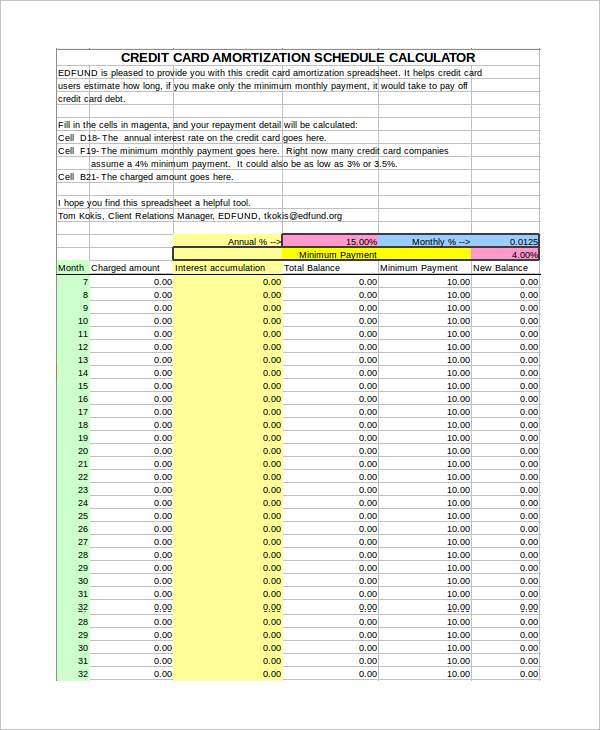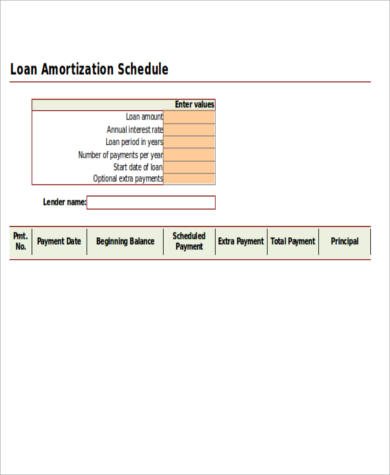

See below.Ĭlick “OK” to have Excel run the goal seek analysis. In the dialog box that follows, make sure “Set cell” is set to the cell representing the liability balance for period 9, in the “To Value” enter 0, and in “By changing cell” enter the cell reference representing the liability balance for the period above period 0. Step 9: Set liability balance value to 0 by using goal seek In the top bar in Excel, go to the “Data” tab, then the “What-if Analysis” Tab, then select “Goal Seek.” Select the liability balance for period 9. Step 8: Perform “What-If Analysis” on the liability balance Step 7: Fill the remaining liability balance columnĬopy the formula for the liability balance in period 0 down for the remaining Liability Balance rows. This will equal the previous period’s liability balance, reduced by the current liability reduction (see below). In liability balance for period 0, enter the formula for the above cell’s liability balance minus the liability reduction in period 0. Step 6: Enter the formula for liability balanceĮnter “0” for the Liability Balance in the line above period 0. See below.Ĭopy the formula down the entire Liability Reduction column. The formula for each liability reduction amount is the corresponding cash payment minus the corresponding expense. Step 5: Enter the formula for liability reduction See below.Ĭopy the formula for expense in period 1 down for the remaining Expense rows. In Expense for period 1, enter the cell reference for the period 0 liability balance and multiply by 6%. Please see illustration below:Įnter “0” for expense in period 0 (because payments are made in advance). The annual payments then escalate at a 5% rate. Because payments are made in advance, the first payment of $1,000 is made in period 0. Step 2: Enter the number of periods and cash paymentsĮnter the number of periods corresponding to the lease term starting from 0, and enter the cash payments in each period. Step 1: Create an Excel spreadsheet with these five columnsĬreate a new Excel spreadsheet and title five columns with the following headers: Period, Cash, Expense, Liability Reduction, and Liability Balance, as shown below: Assume the rate inherent in the lease is 6%.
Amortization schedule spreadsheet how to#
How to create the lease amortization schedule and calculate your lease liabilityĭownload our free present value calculator to follow along:įollow the steps below to calculate the present value of lease payments and the lease liability amortization schedule using Excel when the payment amounts are not constant, illustrated with an example:Ĭalculate the present value of lease payments for a 10-year lease with annual payments of $1,000 with 5% escalations annually, paid in advance.

This is calculated as the initial step in accounting for a lease under ASC 842, and this amount is then used to calculate the ROU (right-of-use) asset, that is recorded in addition to the liability for operating leases and capital leases.Ī lessee’s obligation to make the lease payments arising from a lease, measured on a discounted basis. The lease liability is defined as the present value of your future lease payments. Transitioning to ASC 842, IFRS 16, and GASB 87 can be difficult, but there are resources that can help you gain an understanding of the methods laid out below for our calculations.

Amortization schedule spreadsheet software#
You can use the information in this blog to ensure that your chosen software provider is performing this calculation accurately. Private companies in particular may be tempted to try to use an Excel spreadsheet for lease accounting, but this information is important even if you plan to use lease accounting software for compliance with the new standard. In this article, we will demonstrate how to calculate the present value of your lease payments as well as prepare the liability amortization schedule for the lease liability in the same step, using Excel. Previously, we covered how to calculate the present value of lease payments using Excel spreadsheets.


 0 kommentar(er)
0 kommentar(er)
